If you like to play golf, the Coachella Valley is the right place for you. With over 100 golf courses in the Coachella Valley area, it is considered a golfer’s paradise. Tennis also happens to be a popular sport in the region.
What do players of these two sports have in common? They are both susceptible to similar injuries: epicondylitis, or inflammation of the tendon that attaches to the bony part of the sides of the elbow. While golfers experience pain on the inner elbow (medial epicondyle), tennis players experience it on the outer elbow (lateral epicondyle). Thus, the medical term for golfer’s elbow is medial epicondylitis, and for tennis elbow is lateral epicondylitis. While the specific motions that cause the injuries are different, the underlying causes, treatments and prevention are fairly similar.
Causes
Golfer’s and tennis elbow both occur from overuse. The muscles used to bend your wrist and fingers, as done in golf, run along the underpart of your forearm and attach to the medial epicondyle. Alternatively, the muscles that straighten and raise your wrist, as required in tennis, are on the top of the forearm and attach to the lateral epicondyle. The repetitive movements in both of these sports cause the tendons to pull on the point of attachment, which is either the lateral or medial epicondyle. This repetition leads to inflammation and micro-tearing of the tendons, which ultimately causes painful sensations.
These conditions are certainly not limited to golf or tennis players or even athletes. They can also arise from physically demanding hobbies or occupations like carpentry or typing. These activities commonly involve gripping or bending of the fingers and wrists. Other activities that cause tennis elbow include other racket sports, carpentry and painting which involve frequent straightening of the wrist.
Prevention
Fortunately, there are steps you can take to help prevent these injuries. Always try to do a dynamic warm-up before you perform an activity. Long-term strengthening of the shoulder and upper arm muscles can also help avoid excess strain on the elbow. It is also imperative to ensure that you have the right form when performing your exercise or work. Ask a teammate to check your golf swing or a coworker to observe if your posture is correct at work.
In addition to the proper form, the correct equipment is key in preventing injury. Whether it’s a golf club, tennis racket, hammer, or paintbrush, be sure the equipment suits your needs.
Treatment
Fortunately, most patients recover from these injuries without requiring surgery. An important part of any treatment plan is rest which doesn’t necessarily mean stopping all activity – just specific movements that trigger the pain. Returning to the activity that caused the pain may further injure the area and could lead to permanent damage.
In addition to rest, ice and heat are natural anti-inflammatory remedies. Physical therapy is often incorporated to help strengthen and stretch the injured muscles and surrounding muscles. A simple and effective treatment is the use of an elbow strap which acts as an attachment point for the tendon and prevents it from tugging on the epicondyle. It reduces the tension of the tendon and absorbs the force exerted.
Anti-inflammatory treatments, including topical, oral, or injectable medication, may help. Steroid injections are commonly performed to treat these injuries, as they can provide targeted relief. In more serious and rare cases, surgery is done to remove the damaged tendons.
While tennis and golfer’s elbow are common conditions, especially in the Coachella Valley, they can be easily prevented. Fortunately, most people who experience epicondylitis will recover without surgery, but preventative measures should be taken to reduce the likelihood of injury.
So, at the next golf session or tennis match, try to make a habit of stretching beforehand to avoid injury and enhance performance!
Founding physician Eric Sickinger, DO and medical assistant Thalie Timsit, BS are with Advanced Center for Sports & Musculoskeletal Medicine. For more information, contact their Palm Desert office at (760) 636.1067 or the San Clemente office at (949) 388.1060, or visit www.SportsandMSKmedicine.com.








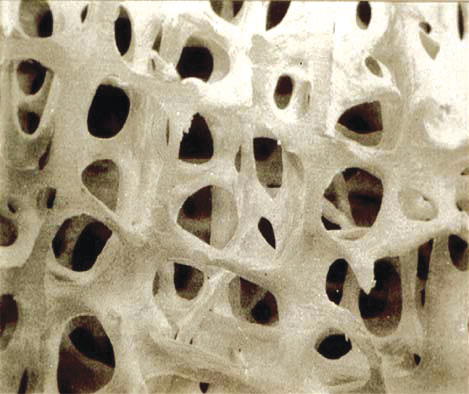
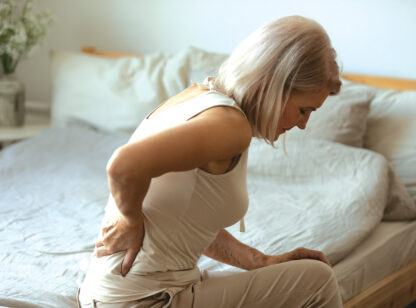
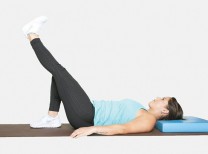
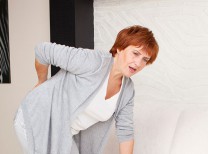

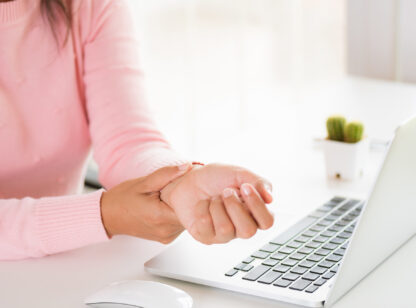
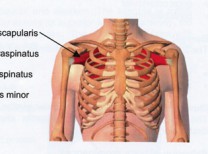
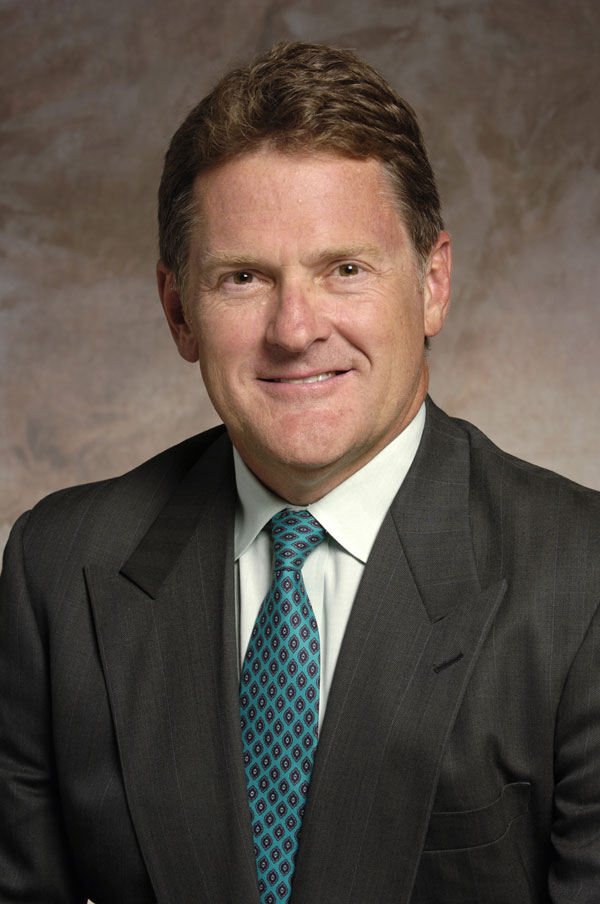





























Comments (0)